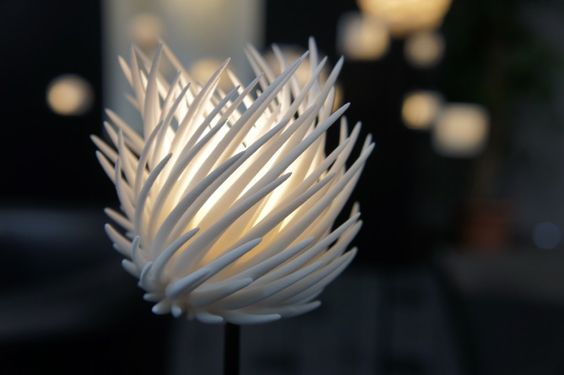blog
3D Printing Era
What is 3D Printing?
3D Printing is an additive manufacturing process that designs and develops a physical object from a digital design that is known as 3D Printing. There are various 3D printing technologies and materials you can print with but all are based on the same logic and that is digital model which is turned into a solid three-dimensional physical object by adding material layer by layer. Custom packaging boxes are also great way to showcase your 3D printing skills.
The creation of a 3D printed object is acquired using additive processes. In an additive process an object is created by laying down successive layers of material until the object is created. Each of these layers can be seen as a thinly sliced horizontal cross-section of the eventual object.
In this blog, we will give you a brief information about 3D printing so generally starting with the very basic functions of 3D printers..
How does 3D printing work?
Every 3D print starts as a digital 3D design file such as a blueprint mainly for a physical object. It can print without a design file is like trying to print a document on a sheet of paper without a text file. This design file is sliced into thin layers which is then sent to the 3D printer.
It will initiate the printing process but will vary by technology, starting from desktop printers which melt a plastic material and lay it down onto a print platform to large industrial machines that use a laser to selectively melt metal powder at high temperatures.
Generally, the printing can take hours to complete depending on the size, and the printed objects are normally post-processed to reach the desired finish.
Moreover, the available materials also sometimes depends by printer type such as ranging from plastics to rubber, sandstone, metals and alloys normally with more and more materials appearing on the market every year. A better way to test the physical products is to order custom boxes printing and
Benefits and Drawback of 3D Printing:
We need to understand that 3D printing is an evolving technology with constant improvements and changing. It also cannot be compared with the traditiional printing manufacturing process. Here we would like to show you some of the benefits and drawbacks of 3D Printing.
Benefits:
- It can create and design complex designs.
- Results in minimal waste after production.
- Ability to customize every production.
- Normally do not require tools or molds.
- Convenience and able to produce design with ease at home
Drawbacks:
- The cost is very high for large production units.
- Limited choices for design.
- Reliability issues.
- Not focusing on precision
PrintingSolo has taken an initiative to improve the 3D printing usage and make it more productive for an ordinary consumer. Though it is an evolving technology but it has limitations at the moment and cannot be compared with the traditional printing machines. Someone who is fascinated by 3D Printing can use it for their use and in future it can create many unique things. Let us know, if you have used 3D printing and how was your experience?

